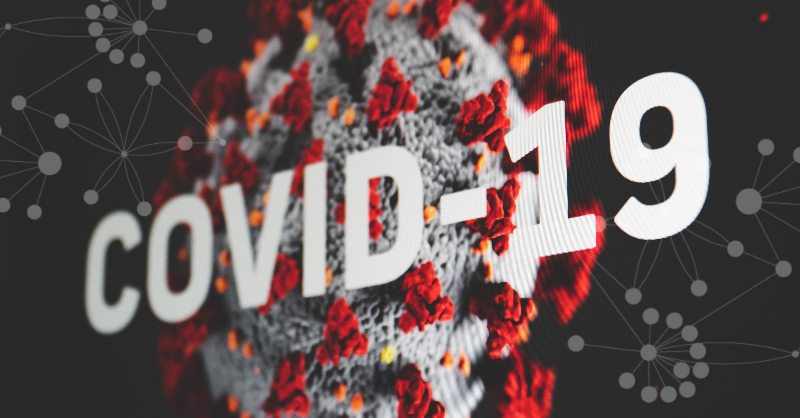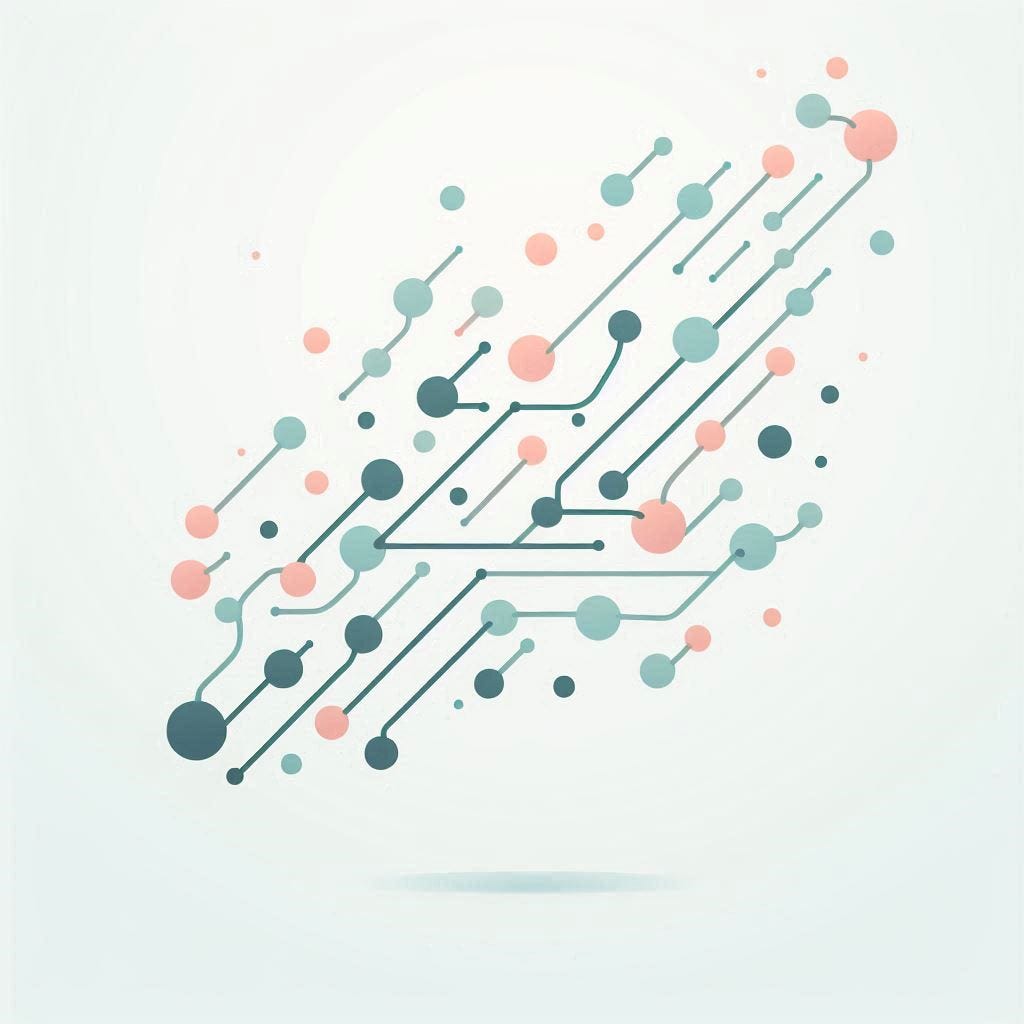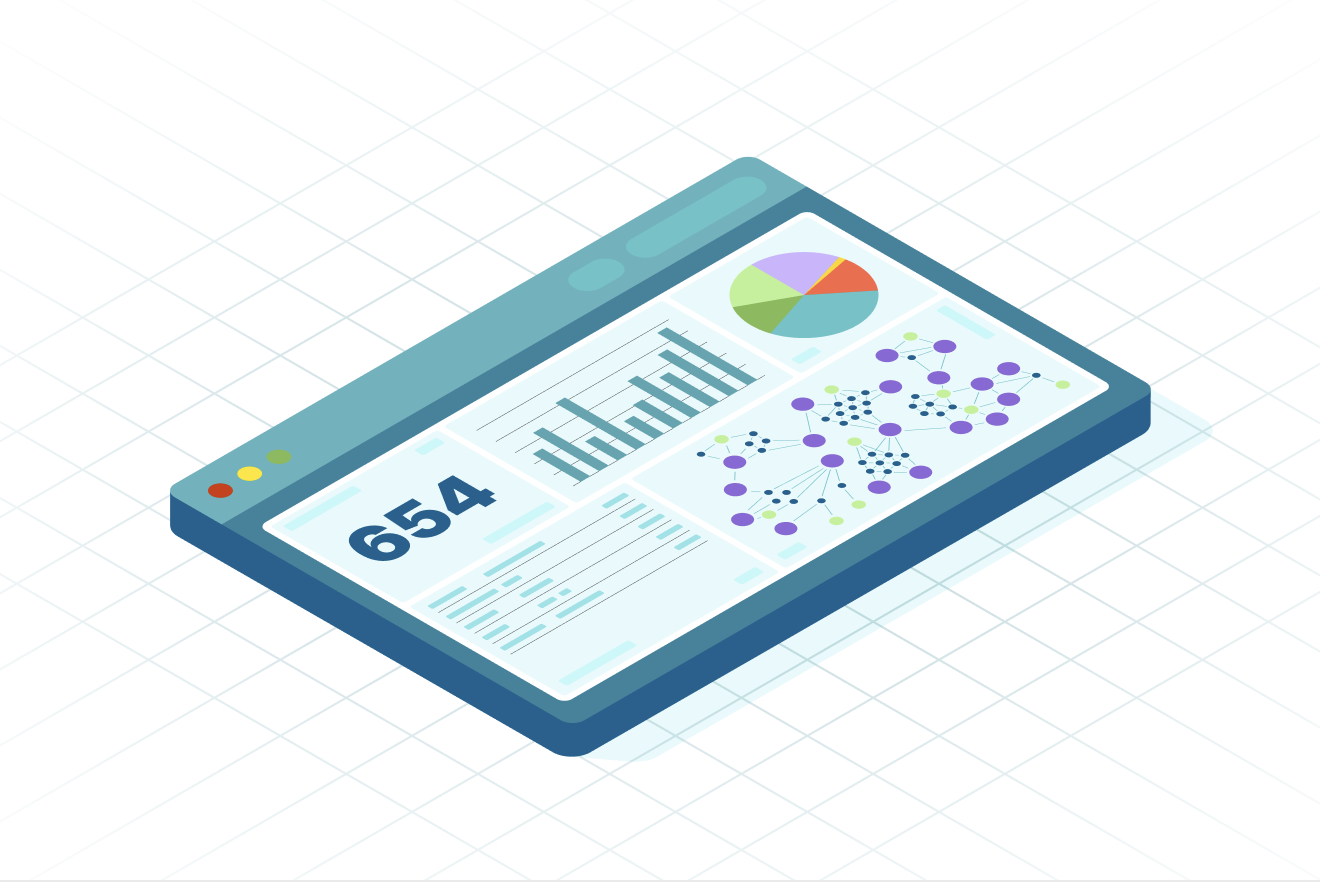Graphs and the Strategic Response Efforts to COVID-19
4 min read

A pandemic proliferates through a network of connections. Fighting against a spreading pandemic is a massive, comprehensive issue that affects health, supply chain and food systems, as well as many other economic structures.
Graphs are perfectly suited for handling connected data, from tracing connections through complex networks to understanding dependencies between entities. Unsurprisingly, we’ve seen a number of graph-related COVID-19 projects crop up, rather quickly, over the last month.
Ways Graphs Are Being Used in the Response to COVID-19
Tracing connections between people when they spend time together is one obvious aspect of how graphs are useful for responding to the spread of COVID-19, as well as identifying clusters of elevated activity.
Another aspect is drug research and repurposing. By understanding how existing compounds work, which genes they affect and how genes are connected and related to each other, we open up opportunities to identify and reuse existing drugs. The impact of this is compelling: These drugs have already passed long research cycles and clinical trials, thereby significantly reducing the amount of time required to dispense beneficial medication.
These are two examples where graphs are directly applicable in the battle against COVID-19. We are honored to be supporting such laudable endeavors – from individuals working on projects related to COVID-19 to research groups and companies working for governments.
Many of these amazing projects are highlighted on Neo4j Graphs4Good. Here are a few highlights:
-
- DZD and Researchers Connecting COVID-19 Publications to Drug Repurposing
- Enabling Researchers to Instantly Access Integrated Knowledge from Coronavirus Data
- COVID-19 App Notifies Contacts If You Show Symptoms or Test Positive
- Graph of COVID-19 in Singapore and Crowdfunding for Other Countries
- COVID-19 Intervention Project Tracking Misinformation to Educate Local Communities
- Using GraphAware Hume for COVID-19 Contact Tracing and Smart Quarantine
How Neo4j Is Helping in the Joint Effort Against COVID-19
We have many free resources available to individuals and startups, from licenses to support available from the team and our wonderful community. We offer comprehensive training resources, starter kits and significant media and content, from getting started to best practices and examples.
In these unprecedented times, we have embraced the challenge to step up and do even more.
Sometimes it’s easy, for us at least, to give projects a graph database enterprise license at no cost so they are able to scale large amounts of data in a secure environment. Or, if a cloud infrastructure works best, we’re able to offer credits for Neo4j AuraDB, our Database as a Service offering.
For other projects, they may have more specific requirements and we provide them with free consultations. For example, our professional services or field team colleagues help answer questions around getting started, how best to model data and import data or any specific problems.. Overall, we encourage collaboration, so when people do reach out to us we can help most effectively.
We also actively promote visibility of COVID-19 projects via our Neo4j Graphs4Good platform to showcase their amazing work.
It’s not just about technology – the entire organization is being encouraged to help where they can, and spend 10% of their work day doing something good for their local community.
How Do I Get Involved?
There are a number of ways you can join in with existing projects, or set up your own.
Many COVID-19 projects we’re currently aware of have teams composed of individuals already familiar with graph databases. Don’t let this put you off if you’re new to graphs. We have many resources available to get you started.
There is a big demand for people with domain knowledge to join COVID-19 projects. If you’re coming from biotech, virology, epidemiology or a similar area, your expertise in these disciplines will greatly support ongoing efforts.
We are working with these teams to connect people together – joining forces supports projects in improving the quality of work, validating approaches and data quality, or demonstrating new interesting use cases researchers want to understand on top of their own data.
If you’re already working on a project, we’ve set up a page where people can contact us: https://neo4j.com/graphs4good/COVID-19/
On this page, you’ll also see a number of active projects, as well as a contact form to provide contact details for us to get in touch with you.
Conclusion
There are many ways individuals can get involved in the efforts combating COVID-19, from bringing technological proficiency and providing domain knowledge to caring for those around us.
There are many things we do to help people get comfortable with graph databases – online training courses to learn at your own pace and sandboxes where you can experiment with graph databases in a safe environment. Where it makes sense, we provide our expertise and be more hands-on with projects.
The most important thing, in general, is staying open, being approachable and offering help, if you can contribute. Otherwise, stay at home, wash your hands and stay safe. It’s the most important thing we all can do to improve the situation.










